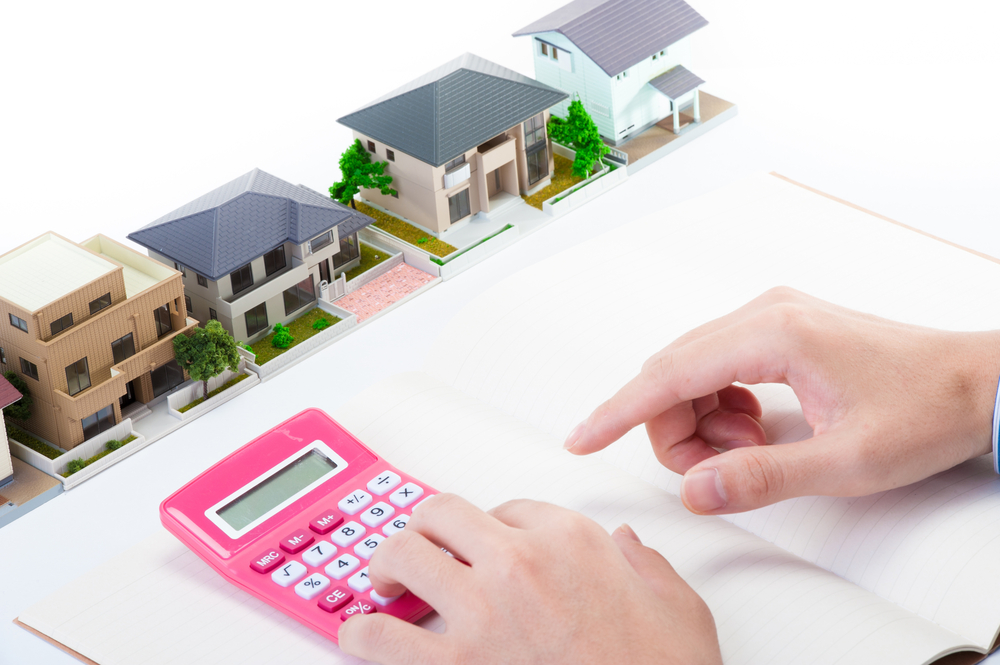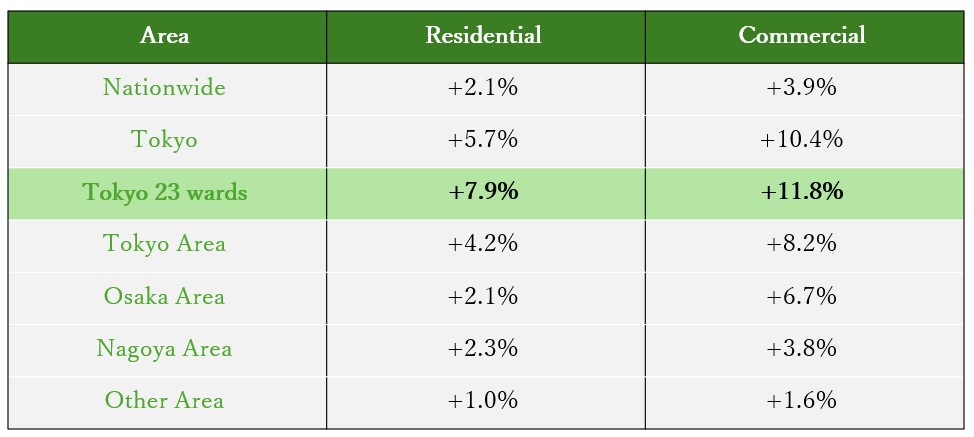“2025 Public notice of land prices”
- Japanese real estate expertise

In Japan, land is assessed based on five different standards, collectively known as the “Five Assessments for One Property.”
The five specific assessments are: the current market land price, the officially benchmarked land price, the assessed value for inheritance tax (roadside land price), the assessed value for fixed asset tax, and the appraisal value.
These standards are assessed for different purposes and at different times, serving as a reference for understanding general land transaction prices.
【2025 Public notice of land prices】
On March 18, the Ministry of Land, Infrastructure, Transport and Tourism (MLIT) announced the official land prices for 2025, based on assessments as of January 2025.
According to the announcement, the nationwide average land price, including residential and commercial properties, increased by 2.7% year-on-year, marking four consecutive years of growth. Driven by foreign investment and rising tourist numbers, commercial land prices, in particular, are increasing in urban areas.
Relatively affordable compared to other countries, Japanese properties attract both domestic and international investors.
【Trends by area】

Land prices are rising, especially in metropolitan areas, with notable increases in Tokyo 23 wards.
【Tokyo 23 wards】
■Residential Land Price (average): +7.9%
Highest increase: Chuo-ku (+13.9%), Minato-ku (+12.7%), Meguro-ku (+12.5%)
Diverse working styles have increased demand for better living environments. As a result, land prices are rising in central Tokyo and nearby areas that offer both convenience and quality living, especially among the wealthy.
■Commercial Land Price (average): +11.8%
Highest increase: Nakano-ku (+16.3%), Suginami-ku (+15.1%), Taito-ku (+14.8%)
Wards with high increases are mainly those suited for tourism or undergoing large-scale redevelopment projects. In recent years, the prices of construction materials have risen steadily, along with land prices and labor costs. This has limited the supply of new residential properties and affected the second-hand property market.
Land prices are on an upward trend. Given the current economic situation and uncertain times, more people are adding real estate to their asset portfolios, valuing its stability as a physical asset and its potential for steady rental income.



